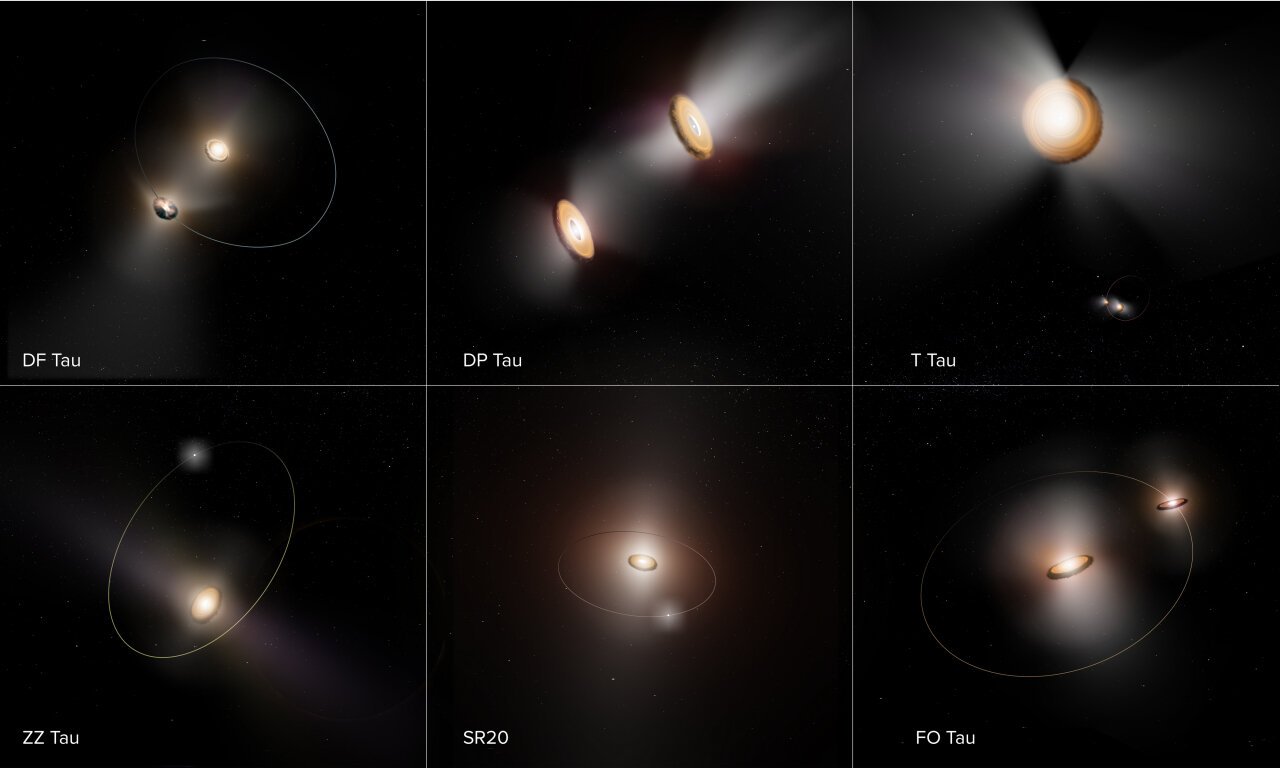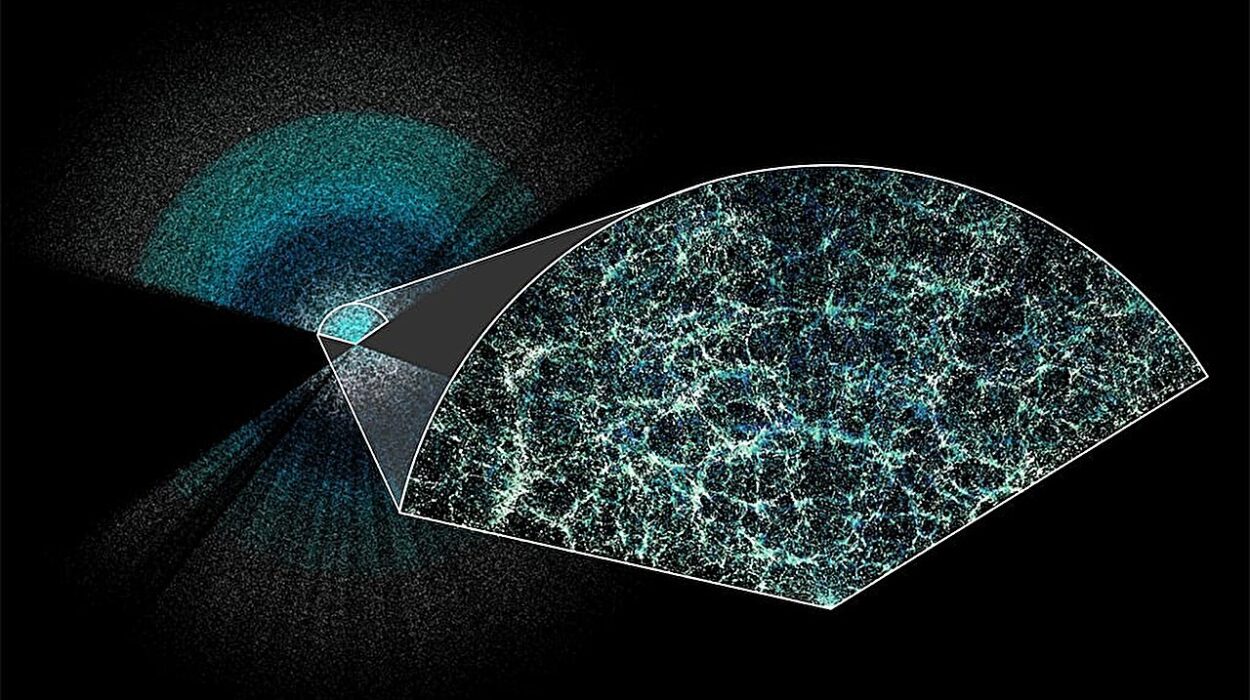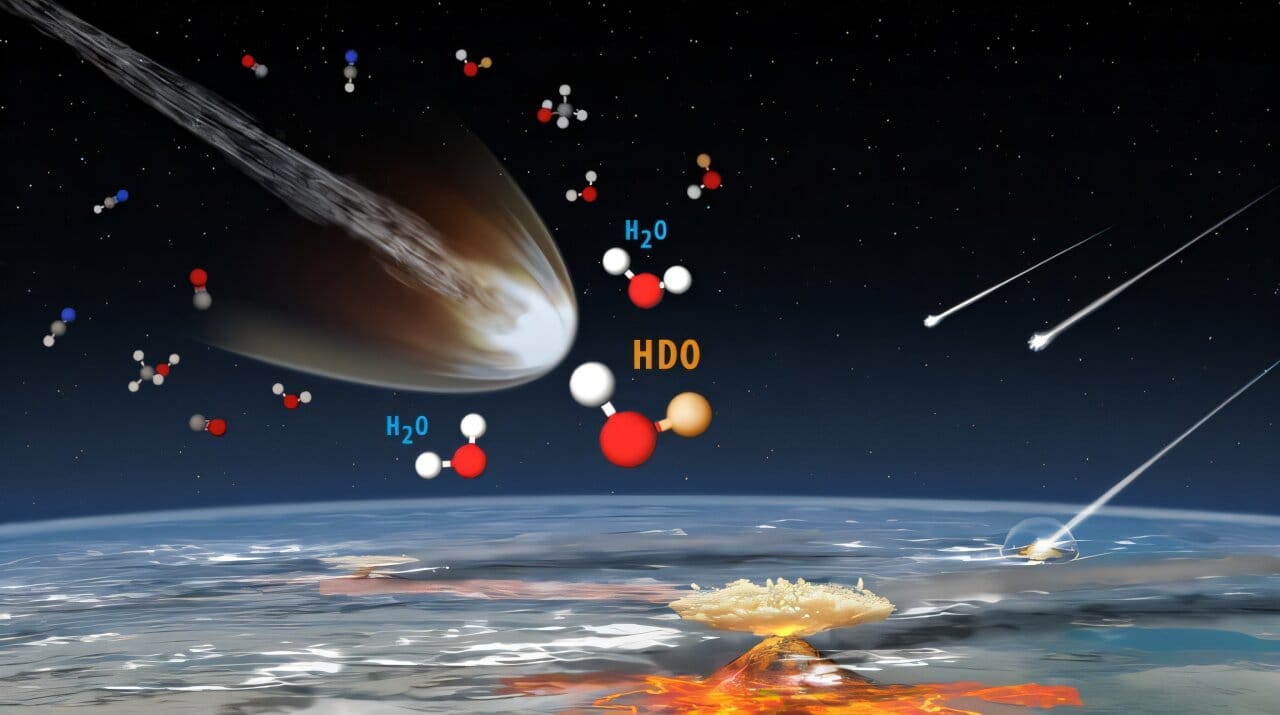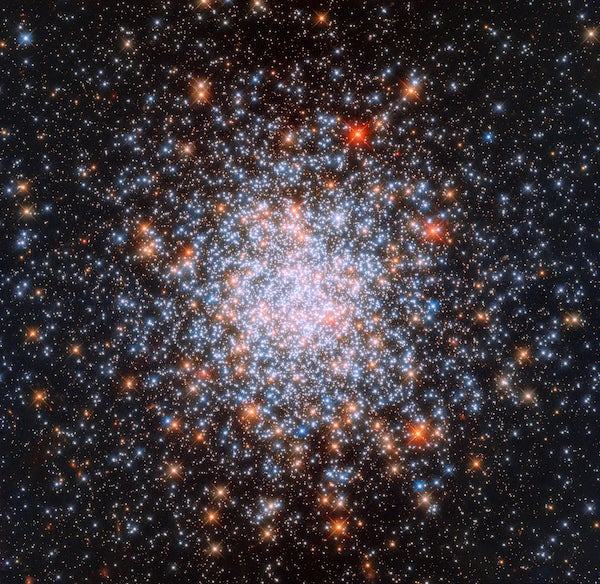Tucked away in a star-forming region of the Taurus constellation, the binary star system known as DF Tau has been drawing the attention of astronomers for all the right reasons. The system, which consists of two nearly identical stars orbiting each other, is revealing intriguing surprises in the surrounding circumstellar disks of gas and dust. A recent study led by researchers at Lowell Observatory has made some groundbreaking observations by combining data from cutting-edge observatories such as the Atacama Large Millimeter/submillimeter Array (ALMA) and Keck Observatory. Their findings are published in The Astronomical Journal, contributing important new knowledge about the evolution of circumstellar disks and the mysteries of planet formation.
What Makes DF Tau Special?
The binary star system DF Tau lies within a young, active star-forming region in the Taurus constellation. It consists of two young stars of nearly equal masses that orbit each other at a period of 48 years. Like other binary star systems, DF Tau’s stars are thought to have formed at the same time and in the same conditions, meaning they likely share similar characteristics, such as chemical composition and the environment in which they originated. So, astronomers would expect their circumstellar disks—the swirling disks of gas and dust that encircle stars and give rise to planets and moons—to behave in a similar fashion.
However, this is not what the researchers found. Although both stars are almost identical in size and mass, their disks appear to behave very differently. The primary or brighter star in the binary system has an active inner disk, which shows signs of potential planetary formation. On the other hand, the disk around the secondary star seems to be nearly devoid of material—its inner disk has almost completely dissipated. This disparity is puzzling because, in binary systems like DF Tau, astronomers assume that the stars should have similar circumstellar disks since they formed in tandem.
The Role of Circumstellar Disks in Planet Formation
Circumstellar disks are crucial for the formation of planets and other celestial bodies. These disks, made up of dust, gas, and other materials, orbit young stars and serve as the raw ingredients for planetary development. Over time, the particles in the disk collide and clump together, gradually forming planets, moons, asteroids, and comets. As a star matures, the gas in the disk gets cleared away either by the star’s wind or the gravitational interactions between the stars in a binary system or nearby planets. The evolution and dispersal of these disks are important factors in determining the timescales and processes by which planets form.
In the case of DF Tau, however, something unusual appears to be happening to the disk around the secondary star. Unlike the active disk of its brighter counterpart, the secondary star’s disk is nearly absent in its inner region. As scientists have studied binary systems before, they had anticipated some modifications to the outer regions of the circumstellar disks due to gravitational interactions between the two stars. Yet, the relatively small and tight orbit of the two stars wouldn’t be expected to influence the inner portions of their circumstellar disks significantly. This leads to the question: What could be responsible for this unusual dissipation in the secondary star’s disk?
Unraveling the Dispersal of Circumstellar Disks
The dispersal of circumstellar disks remains one of the more complex and less understood phenomena in astrophysics. A traditional view of disk evolution suggested that the gradual disappearance of circumstellar material primarily occurred as a function of time, with the disk gradually clearing out as the star matured and began to form planets. However, DF Tau and similar binary systems offer a fresh perspective on the dynamics of disk evolution.
Through the use of ALMA’s high-resolution imaging combined with optical and infrared data from Keck Observatory and other telescopes, researchers have been able to study and compare the properties of the two stars and their disks. While the system has a close, relatively tight orbit, it’s clear that the observed inner disk evolution cannot be simply attributed to gravitational interactions from the nearby star. Something more complex is at play.
Taylor Kutra, the lead author of the study and a researcher at Lowell Observatory, remarks, “The dispersal of circumstellar disks is a complicated process with many unknowns. By looking at systems that form together, we can control one major variable: time. DF Tau and other systems in our survey tell us that disk evolution isn’t strictly a function of time—other processes are at work.”
This conclusion challenges previous models of disk evolution that emphasized a strict timeline. The study of systems like DF Tau suggests that the evolution of these circumstellar disks is influenced by additional processes that have yet to be fully understood.
Binary Systems: Natural Laboratories for Studying Disk Evolution
Studying binary systems like DF Tau provides scientists with an invaluable opportunity to learn more about the intricate processes that shape circumstellar disks. In a binary system, the gravitational interactions between the two stars can have a significant impact on the disk’s structure and material distribution. Since the stars in a binary system likely formed together, studying their disks as they evolve provides unique insights into the overall nature of disk evolution across different types of star systems.
In DF Tau, the significant differences between the two stars’ disks suggest that processes beyond gravitational interactions are likely shaping the evolution of the material in each disk. For example, differences in radiation output, magnetic fields, or even the accretion rates around each star may influence how material in the disks is heated, moved, or dissipated.
Binary star systems offer a unique “natural laboratory” to test various hypotheses related to disk dynamics. For example, does the angle at which the stars orbit each other impact the accretion of dust and gas? Do certain stellar behaviors, such as radiation and stellar winds, affect one star’s disk more than the other, and if so, how? Studying these systems in greater detail helps refine the models we use to understand how planets form and how long it takes for circumstellar material to be transformed into solid bodies.
What This Means for Planet Formation Models
The primary significance of this study is its implications for improving the understanding of planet formation, especially in complex star systems. Disk evolution plays a crucial role in determining the timescale on which planetary bodies form—if a disk dissipates too quickly or fails to accumulate the necessary material, the formation of planets may be stunted or prevented altogether.
DF Tau’s unique circumstellar disk behavior suggests that factors beyond simple age, such as stellar radiation, accretion rates, and possibly magnetic fields or interactions between stars, influence how long and in what manner disks persist around young stars. In turn, these findings will inform the next generation of planet formation models. Understanding how planets form in binary systems can help astronomers refine simulations of planetary system evolution, especially for systems in the Milky Way and beyond.
The study of systems like DF Tau also helps scientists answer key questions about the diversity of disk behaviors across the galaxy. Are these systems outliers, or do most binary star systems behave similarly? And importantly, what might this mean for the habitability of planets in binary systems? Do planets around stars with drastically different disk evolutions have higher or lower chances of supporting life?
The Bigger Picture: Understanding Planet Formation Across the Galaxy
The insights from DF Tau are not only important for understanding this particular star system but also for refining broader models of planetary system formation. With technology like ALMA and Keck Observatory, astronomers are now able to gather detailed images and data of circumstellar disks from light-years away, offering glimpses into star formation processes occurring in other parts of the galaxy. By studying many such systems, researchers hope to piece together a more comprehensive understanding of how planets form under varying conditions and circumstances, whether in single-star or binary systems.
The findings also shed light on the diversity of planet formation, offering a window into how planetary environments could differ between systems. The physical conditions that drive the evolution of disks and, ultimately, planets, may be even more variable than previously thought. This reinforces the notion that the universe is brimming with diverse planetary systems, each with its own unique characteristics. As we continue to explore such systems, the lessons learned could help illuminate the processes that led to the formation of our own solar system.
Conclusion: A Step Toward Unraveling Planetary Mysteries
The study of DF Tau offers an important piece to the puzzle of planet formation. By revealing the unexpected behaviors of circumstellar disks in this binary star system, scientists are forced to rethink and refine their models of how planets form in varying environments. This research not only deepens our understanding of the mechanics at play in binary star systems but also offers important clues about planetary systems across the galaxy.
While we may not yet have all the answers, the findings of this study represent an exciting step forward in the quest to understand the formation of planets—and, by extension, the possibility of life—across the cosmos. As future observations continue to examine star-forming regions like the Taurus constellation, researchers will gain even more clarity on the fascinating and complex processes that shape the planets in our universe.
Reference: Taylor Kutra et al, Sites of Planet Formation in Binary Systems. II. Double the Disks in DF Tau, The Astronomical Journal (2024). DOI: 10.3847/1538-3881/ad900a






